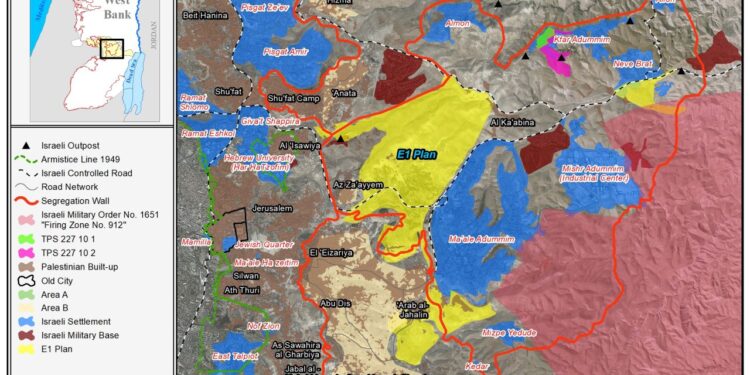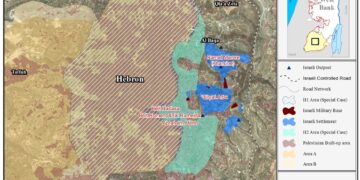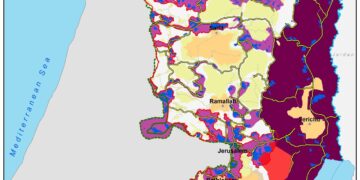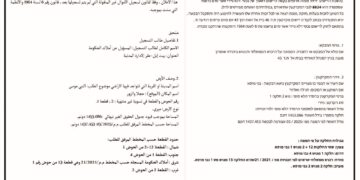The Israeli government, under the influence of Finance Minister Bezalel Smotrich, backed by Prime Minister Benjamin Netanyahu, and supported by National Security Minister Itamar Ben-Gvir, has advanced the controversial E1 settlement project, widely regarded as a decisive blow to the prospect of a two-state solution.
The plan calls for the construction of 3,401 housing units in the strategic corridor between the settlement of Ma’ale Adumim and Jerusalem. This would effectively link the two while severing territorial continuity between Ramallah and Bethlehem. In practice, the project appears deliberately designed to redraw the territorial map of the West Bank. It would bisect the territory, obstruct the development of a contiguous Palestinian metropolitan area linking Ramallah (North), Jerusalem (Center), and Bethlehem (South), and ultimately cement a geographic reality fundamentally incompatible with Palestinian statehood.
Although politically charged, the plan must still navigate Israel’s formal planning process. This includes a public hearing for objections, subcommittee deliberations, Higher Planning Council approval, and eventual publication before it becomes legally binding. Only after these steps can tenders be issued to invite contractors to bid.
Ordinarily, such procedures take several years. However, Smotrich, who also oversees the Israeli Civil Administration and settlement affairs, has framed the initiative as part of a broader policy of “de facto sovereignty” over the West Bank. The government’s political determination, combined with significant resource allocation, underscores the seriousness of its intentions. For instance, the cabinet recently approved a 335 million shekel road project to facilitate construction, while the national water company, Mekorot, has begun preparing to relocate infrastructure in the area. These steps reflect a clear acceleration of the project.
The E1 plan has been debated since the 1990s but repeatedly stalled due to international opposition. Netanyahu first pushed it forward in 2012, briefly revived it in 2020, and now, under the current coalition, it is firmly back on the agenda. The combination of shifting geopolitical dynamics, the ongoing war in Gaza, and a ruling coalition openly committed to settlement expansion and annexation has rendered the revival of the plan all but inevitable.
Smotrich’s announcement also went beyond E1. Simultaneously, it included an additional 3,515 housing units in the nearby Tzippor Midbar neighborhood, intended to connect Ma’ale Adumim’s built-up area with its eastern industrial zone.
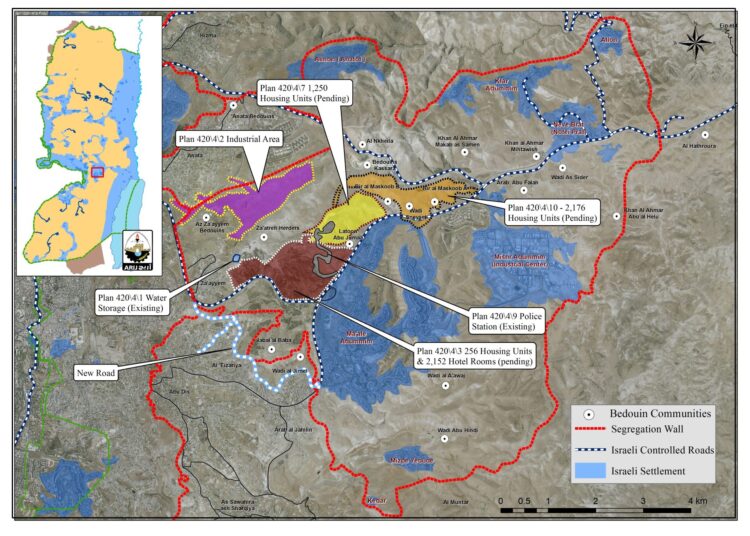 Smotrich has a record of approving new settlements in response to diplomatic recognition of Palestinian statehood, treating construction as both a tool of political signaling and a means of urban development.
Smotrich has a record of approving new settlements in response to diplomatic recognition of Palestinian statehood, treating construction as both a tool of political signaling and a means of urban development.
It is important to stress that the E1 project is not merely another settlement expansion. Rather, it represents a tangible and irreversible obstacle to peace. By deepening territorial fragmentation in the West Bank, it undermines any future negotiations and extinguishes Palestinian aspirations for a sovereign state.
The Netanyahu-Smotrich-Ben-Gvir coalition appears to be leveraging the wartime environment, reduced international scrutiny, and domestic political momentum to consolidate Israeli control over strategic areas of the West Bank. The revival of the E1 plan, long suppressed by international pressure, marks a deliberate and far-reaching maneuver to entrench Israeli sovereignty in the occupied territories. Critics rightly characterize it as a “death blow” to the two-state solution.
Prepared by:
The Applied Research Institute – Jerusalem


